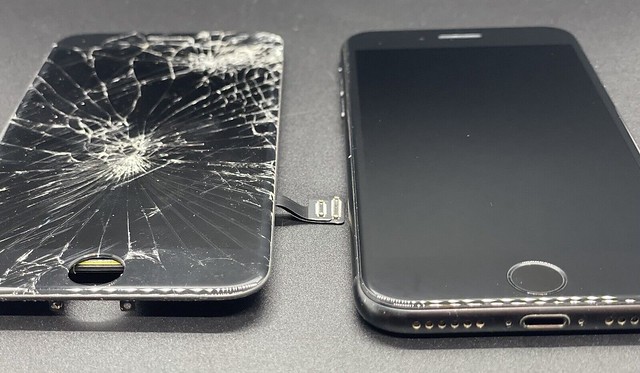Mobile Phone LCD Screen: A Handy and Portable Communication Gadget
In today’s fast-paced world, smartphones have become an indispensable part of our lives. One of the key components that make these devices so highly functional is the mobile phone LCD screen. With its advanced technology

and innovative features, this visual display unit has revolutionized the way we communicate and interact with our phones.
The manufacturing process of a mobile phone LCD screen involves intricate design and precision engineering. It starts with the creation of a thin film transistor (TFT) array using high-quality materials such as silicon, oxide semiconductors, and liquid crystals. This array forms the found v20 lcd ation for each pixel on the screen, ensuring vibrant colors and sharp image quality.
One of the notable characteristics of smartphone scree mobile phone lcd screen ns is their slim profile and compact size. These screens are designed to be lightweight yet durable, providing users with a comfortable handling experience. The use of high-resolution displays allows for crystal-clear images and smooth touch response, enhancing user satisfaction.
When it comes to advantages, mobile phone LCD screens offer several benefits over other types of displays. Firstly, they provide excellent visibility in various lighting conditions, making them ideal for outdoor usage. Additionally, these screens consume less power compared to traditional ca mobile phone lcd screen thode ray tube (CRT) monitors or organic light-emitting diode (OLED) panels, leading to improved battery life.
Using a mobile phone LCD screen is quite simple. Once your smartp mobile phone lcd screen hone is powered on, you can navigate through menus by touching different areas on the screen with your fingertip or stylus pen if available. Capacitive touchscreens enable multi-touch gestures like zooming v20 lcd in or out by pinching your fingers together or spreading them apart.
With numerous options available in the market today when choosing a smartphone screen replacement or purchasing a new device altogether can seem overwhelming at times. Here are some key factors to consider:
1. Display Size: Decide whether you prefer a larger display for enhanced multimedia experiences or a more compact size for portability and ease of use.
2. Resolution: Higher resolution screens offer sharper visuals, making text and images clearer. Opt for a higher pixel density if you plan to use your phone for tasks that require detailed viewing like Smartphone screen editing photos or videos.
3. Display Technology: IPS LCD, Super AMOLED, or OLED? Each technology has i Portable communication gadget liquid crystal display ts own strengths and weaknesses in terms of color accuracy, contrast ratio, and power consumption. Research the pros and cons before making a decision.
4. Durability: Look for devices with reinforced glass protection like Corning Gorilla Glass to minimize the risk of scratches or cracks.
5. Compatibility: Ensure that any replacement screen is compatible with your specific smartphone model to avoid any compatibility issues.
In conclusion, the mobile phone LCD screen plays an integral role in providing users with an immersive visual experience while using thei mobile phone lcd screen r smartphones. Its manufacturing process involves advanced technologies and precise engineering that result in slim yet durable displays. With excellent visibility, low power consumption, and Handy mobile screen intuitive usability, these screens offer numerous advantages over other options available in the market today. When selecting a smartphone display solution, consider factors such as size, resolution, technology type,
durability,
and compatibility to make an informed choice that meets your needs.
